Moving Trends 2025: The Hidden Changes Most Carriers Are Missing
The 2025 moving trends show significant changes across the United States.

The 2025 moving trends show significant changes across the United States. Over 8 million Americans moved between states last year, and experts expect this number to rise. Recent data shows 62% of East Coast moves stayed within a 50-mile radius. People are now more likely to make long-distance moves, especially to the Sun Belt region.
The moving and storage industry faces a more complex reality behind these numbers. Texas, Florida, and North Carolina have emerged as the top choices for people relocating. Areas losing population share common traits like high costs of living and heavy tax loads. On top of that, the industry struggles with operations as labor requests with less than 24-hour notice jumped by 30%.
Looking ahead to 2025, the industry sees a rise in customer needs for specialized services. More people need help moving valuable and delicate items. Yet workers keep leaving their jobs when offered small raises or better schedules. Carriers must understand these underlying changes to direct their path in this evolving relocation market.
The visible trends everyone is talking about
Money plays a crucial role in where people choose to live today. Financial effects rank among the top three factors for almost 70% of Americans who plan to move. People are leaving expensive cities for places where they can save money and pay lower taxes.
Tax-free states have welcomed more than 218,000 new residents lately. Florida gained 44,504 residents age 60 and older in 2023, despite its high cost of living. About 17% of Americans say they might move to another country within five years.
Working from home has altered how people decide where to live. One in five remote workers plans to move in 2025. Half of the employees who work remotely part-time would quit if they had to return to the office full-time. Suburbs now attract 49% of potential movers, while only 29% plan to move to cities.
Moving patterns show younger and lower-income groups are relocating more often. Gen Z now makes up 13% of movers, up from 8% four years ago. Families look for places that help them better balance work and life, and 43% say they want a "change of scene".
Health and lifestyle choices shape where people move. Vermont sees 65% of its newcomers driven by these factors. States like Colorado and Oregon draw new residents with their natural beauty and opportunities for active living, each showing a 15.2% growth.
The hidden shifts most carriers are missing
Family structures are experiencing dramatic changes that go beyond typical migration patterns and will affect how people relocate. The number of multigenerational households has grown fourfold since the 1970s, now accounting for 18% of the U.S. population. Recent data shows that 17% of homebuyers purchased properties specifically for multigenerational living.
A quiet but steady movement toward rural areas continues to grow. Reliable internet access is the key deciding factor for 67% of people considering rural moves. Most people moving to rural areas (56%) want properties of 1-5 acres, suggesting a need for larger moving services.
Mid-sized cities with 275,000 to 2 million residents have become popular destinations. These cities strike an ideal balance for newcomers. Research shows that cities offering just 1% more affordable housing drew 274,000 more domestic migrants over three years.
Rental markets show a notable pattern: 38% of renters switch apartments within two years. This number rises dramatically to 72% among Gen Z renters, creating steady business for local moving companies.
Healthcare accessibility remains a crucial consideration. Rural communities are 33.8% more likely to use out-of-state telemedicine. This trend requires moving services to understand the complexities of cross-state healthcare transitions.
How these trends are reshaping the moving industry
Technology has dramatically changed the moving industry. Statistics show that 99% of customers pick virtual surveys whenever they're accessible to more people. These digital walkthroughs are twice as fast as traditional in-person surveys and just as accurate. This creates efficiency improvements that weren't possible before.
The industry faces mounting financial pressures. Cost increases range from 30% to 80% for almost every operational expense since 2020. Trailer prices have jumped 52.3% since 2019. Auto insurance premiums increased by 88.28% between 2020 and 2025.
New economic realities are changing how companies do business. The "Load It Once" modular system has cut down a 100+ hour process to just 37 minutes, a 98% improvement in efficiency. Modular furniture movers help load items 30% faster.
Customer preferences have shifted with these breakthroughs. About 84% of customers want personalized service rather than being treated like numbers. More companies now use customer portals and mobile apps that provide GPS tracking, instant updates, and round-the-clock access.
Moving companies remain hopeful about 2025 despite these challenges, with 90% expressing optimism. Their confidence comes from smart adjustments - 41% focus on better marketing, while 37% already use AI technologies in their core processes.
What's the consensus
The moving industry faces a turning point as 2025 draws near. Old assumptions about migration patterns are no longer sufficient. People moving to the Sun Belt, relocating to cut costs, and working remotely are just surface trends. A deeper look reveals new service needs from multigenerational families living together, a revival in rural areas, and migrations to mid-sized cities.
Digital tools have become essential, not optional. Virtual surveys cut assessment time by 50% while you retain control of accuracy. These tools meet customer expectations and address operational challenges simultaneously. Despite that, the industry faces growing financial pressure. Insurance premiums alone jumped 88.28% from 2020 to 2025.
Moving companies that ignore these hidden trends risk losing much of their market share. Those who adapt will find themselves in a better position as the scene changes. New modular systems that turn 100+ hours of work into minutes show how innovation can thrive despite obstacles.
Moving companies should look beyond destination trends. They need to understand how customer expectations change during moves. When 84% of customers just need tailored treatment, it shows a clear shift from basic services to experience-focused relationships. The best carriers will mix tech efficiency with human touch, especially when younger generations make up more of the market.
Challenges exist everywhere, but 90% of moving companies remain optimistic. This shows the industry's strength and flexibility. Without doubt, carriers who spot both obvious trends and hidden changes will succeed through 2025 and beyond.
Key Takeaways
The moving industry is experiencing profound shifts beyond the obvious Sun Belt migration, requiring carriers to adapt their strategies for emerging customer needs and operational realities.
• Hidden demographics drive new demand: Multigenerational households now comprise 18% of the population, while 72% of Gen Z renters move within two years, creating consistent local service opportunities.
• Mid-sized cities and rural areas are migration magnets: Cities with populations between 275,000 and 2 million attract significant relocations, while 67% of rural movers prioritize reliable internet access.
• Technology adoption is non-negotiable: Virtual surveys save 50% of assessment time while 99% of customers prefer them, and modular systems reduce traditional 100+ hour processes to just 37 minutes.
• Financial pressures demand operational innovation: With costs rising 30-80% across all inputs and insurance premiums up 88.28% since 2020, carriers must embrace efficiency-driven solutions to remain competitive.
• Customer expectations have fundamentally shifted: 84% of customers demand personalized treatment rather than commodity services, requiring carriers to balance technological efficiency with human connection.
Despite these challenges, 90% of moving companies remain optimistic about 2025, with successful carriers recognizing both visible trends and hidden shifts to capture emerging market opportunities.
FAQs
Q1. What are the major moving trends expected in 2025? The South remains the fastest-growing region, with Tennessee, the Carolinas, and Georgia becoming increasingly popular destinations. There's also a notable shift towards mid-sized cities and rural areas, driven by factors such as the cost of living, remote work opportunities, and lifestyle preferences.
Q2. How are changing family structures impacting the moving industry? Multigenerational households are on the rise, now comprising 18% of the U.S. population. This trend is creating new demands for moving services that can accommodate larger families and more complex relocation needs.
Q3. What role is technology playing in the evolution of moving services? Technology is transforming the industry, with 99% of customers preferring virtual surveys. These digital tools are improving efficiency, reducing assessment times by 50%, and enabling features like GPS tracking and instant notifications, which are becoming standard customer expectations.
Q4. Are there any surprising factors influencing people's decisions to move? Yes, healthcare access is becoming a critical factor in relocation decisions, especially for rural communities. Additionally, reliable internet access is a decisive factor for 67% of potential rural movers, highlighting the importance of connectivity in today's work environment.
Q5. How are customer expectations changing in the moving industry? Customers are increasingly demanding personalized treatment, with 84% expecting to be treated as individuals rather than just numbers. This shift is driving moving companies to adopt more customer-centric approaches, including the use of mobile apps and customer portals for improved communication and service delivery.

